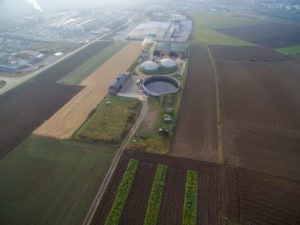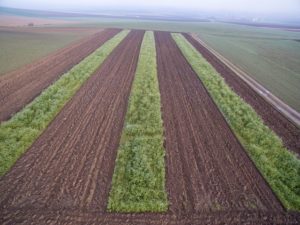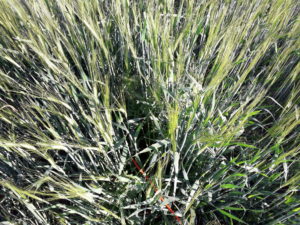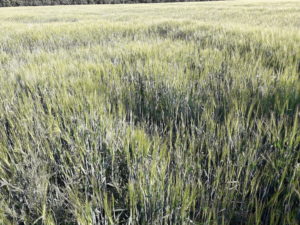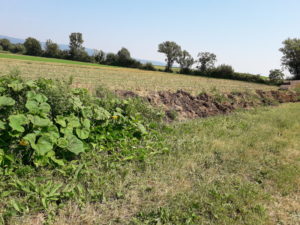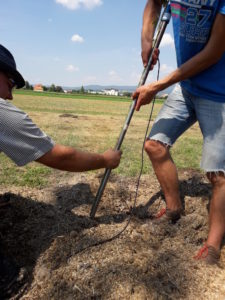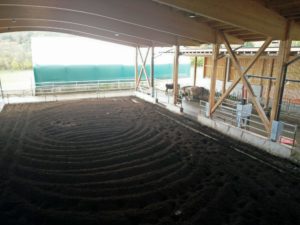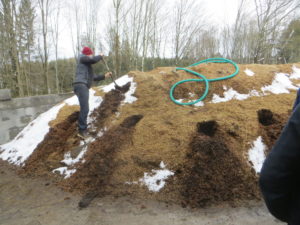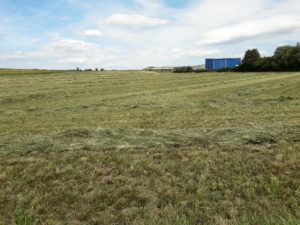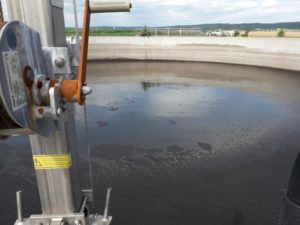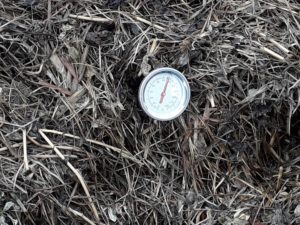Closing cycles
Closing cycles – recovery by means of return, transfer or utilisation of organic by-products on the farm
Project period: 1.5.2019 – 31.7.2022  Deutsch
Deutsch
Objective of the project
As a result of the increasing specialisation of agricultural holdings in Austria, fewer and fewer farms have a reasonably closed nutrient cycle. Many farmers want to change this, but face problems, for example regarding the fairness of straw-manure cooperations or the use of unused alfalfa or grassland, the composting or conservation of residues, the use of biomass from nature conservation areas, or the use of fermentation residues and clay. ARGE Kreisläufe is therefore developing and testing practical measures that can close material cycles in farms and improve nutrient and humus efficiency through better use of agricultural residues.
EIP short video on the project ‘Closing the loop’ with project partner Josef Jugovits
Context of the project
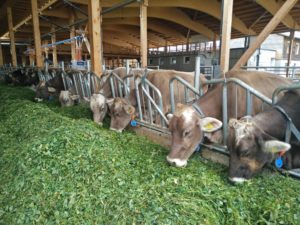
Cattle as an important part of the cycle
Due to the abandonment of livestock farming in Eastern Austria and the currently increasing specialisation of agricultural holdings, only a few farms have passably closed nutrient cycles. As a result, most farms are dependent on external inputs, whose rising prices are widening the cost gap. Closed nutrient and carbon cycles could counteract this, but they pose new challenges for farms. Problems arise, for example, with regard to the fairness of cooperations, the use of currently unused lucerne and grassland biomass, the conservation and use of unused residues, possible uses for biomass from nature conservation areas that cannot be used as fodder, and the use of fermentation residues, digestates and clays for a high humus efficiency. These questions are a burning issue to many farms. The relevance of closed cycles is also emphasised in the UN Sustainable Development Goals (2016), the Circular Economy Package of the EU (2015) and the Austrian Government Programme (2017).
Project activities
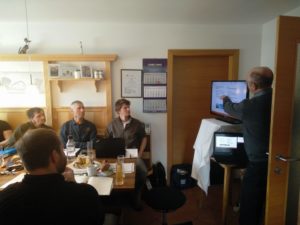
Methodology Day
Field surveys and analysis of carbon and main nutrients in all material flows of the considered cycles within and between farms
Carrying out trials to optimise carbon and nutrient cycling at the partner companies
Calculation of nutrient balances and nutrient efficiency, as well as humus balances for the investigated measures to close operational cycles
Evaluation of the tests, derivation of changes in the procedure and evaluation of the tested measures
Development of balances, tests, catalogues of measures and decision trees that allow the results to be transferred to other farms
Project area
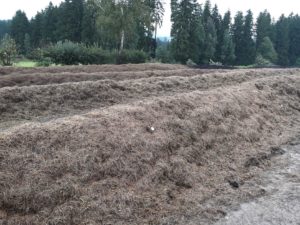
Johannes Bergsmann farm, compost windrows from clover grass and herb harvest waste with charcoal additions © Bio Forschung Austria
Burgenland, Carinthia, Lower Austria, Upper Austria, Styria, Vienna
Cooperation between
- 7 farmers
- 3 agricultural advisers
- 2 scientific institutes
- 1 regional energy producer
- Supported by numerous strategic partners, such as agricultural colleges, agricultural extension services and NGOs, as well as other farmers and scientific institutes
Project partners
- Bio Forschung Austria
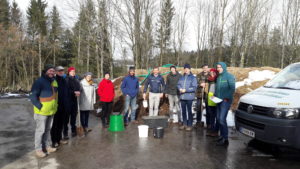
The operational group on methodology day. From left to right: Manuel Böhm, Hans Daxbeck, Johannes Bergsmann, Lisa Doppelbauer, Eva Erhart, Xaver Diermayr, Gerhard Weißhäupl, Christoph Reithofer, Josef Stirmayr, Andreas Kögl, Karoline Messenböck, Heinz Köstenbauer © Bio Forschung Austria
- Ing. Manuel Böhm
- Bio Ernte Steiermark
- Ressourcen Management Agentur (RMA)
- Biogas Produktions GmbH & Co. KG
- Dr. Robert Schneider
- Gutsverwaltung Dr. Michael Piatti-Fünfkirchen
- Andreas Kögl
- Veronika Messenböck
- Xaver Diermayr
- Kräuter Bergsmann
- Ing. Josef Jugovits
Strategic partners
NÖ Agrarbezirksbehörde
Landwirtschaftskammer Steiermark
Bezirksbauernkammer Korneuburg
Bio Austria Bundesverband
Bio Austria Burgenland
Landwirtschaftliche Fachschule Grottenhof
Landwirtschaftliche Fachschule Edelhof
Landwirtschaftliche Fachschule Goldbrunnhof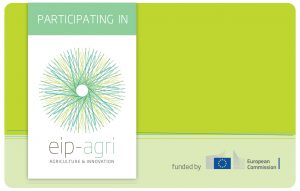
HBLFA Raumberg-Gumpenstein
Biohof Weißhäupel
DI Hermann Pennwieser
Subcontractor
Bundesforschungszentrum für Wald
Main results
Cut and Carry – Clover grass for transfer mulch
Cut and Carry – Hay for arable fields
Farm cooperation: swapping clover grass for manure & slurry
Alfalfa-clover grass – biogas digestate – cooperation
Liquid digestate application to autumn cover crops
Addition of charcoal for composting
“Microbial carbonisation” compared with composting
Farm gate balance for dairy cattle and arable farming
Conclusions from the ecological and economic analysis of the closed-cycle-measures
Downloads:
- Broschüre: Kreisläufe schließen am landwirtschaftlichen Betrieb
- Naturschutz düngt den Acker aus BIO AUSTRIA – Fachzeitschrift für Ökologie und Landwirtschaft, Ausgabe Oktober 2020
- Betriebseigene Nähstoffe besser nutzen aus BIO AUSTRIA – Fachzeitschrift für Ökologie und Landwirtschaft, Ausgabe Oktober 2020
- Kleegraskompost für perfekte Minzen aus BIO AUSTRIA – Fachzeitschrift für Ökologie und Landwirtschaft, Ausgabe Oktober 2020
- Die Nährstoffe bleiben im Dorf aus BIO AUSTRIA – Fachzeitschrift für Ökologie und Landwirtschaft, Ausgabe Oktober 2020
- Kreisläufe besser schließen mit Agrogas? aus BIO AUSTRIA – Fachzeitschrift für Ökologie und Landwirtschaft, Ausgabe Oktober 2020
- Kreisläufe auf allen Ebenen! aus BIO AUSTRIA – Fachzeitschrift für Ökologie und Landwirtschaft, Ausgabe Oktober 2020

- © Robert Schneider
- © Robert Schneider
- © Robert Schneider
- © Bio Forschung Austria
- © Bio Forschung Austria
- © Bio Forschung Austria
- © Bio Forschung Austria



